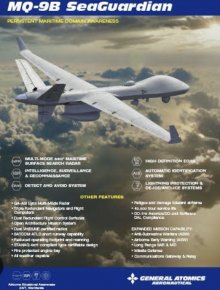I came across a paper recently on the history of the professionisation of engineering in Australia. It was pretty confronting and illustrated multiple failed attempts until the ultimately successful efforts began in the late 50s, with it final fruition in the 90s.
…
We can no longer afford to pay top dollar for an elite few.
Volkodav I should declare a bias in this one. I am a Professional Civil Engineer (Bachelor of Engineering QUT, 1986) and work in infrastructure planning (a little bit of marine work), with zero experience in shipbuilding, let alone nuclear submarines. I would also agree with many of your criticisms of the evolution of the engineering profession in Australia, though not all.
I don’t think it is as simple as saying engineers sought to exclude those without degrees. Some did try that, but mainly it is a result of government policy.
The original (British) Civil Engineering institution was established in the 1810s (Thomas Telford) and set three year degree requirements. Isambard Kingdom Brunel completed a three year engineering degree in 1822, followed by a one year cadetship. When I started as a young engineer in a government department in the 1980s several of my bosses started as cadets, which I agree was a great way to learn. But they also did a full four year degree, usually part time, before they were fully qualified to act as engineer in design or construction. So the four year requirement has been around a long time, but sadly a lot of the more gradual pathways to it have been lost as unis were expanded. The loss of cadetships is a huge loss.
Australia is a signatory to various treaties that both allow people from other countries with engineering qualifications to be recognised here, and set benchmarks for our degrees and qualifications in return. I see no way around that, for better or worse.
In my working lifetime (since 1985) I would identify several unfortunate trends which have damaged technical skill development in engineers and technicians.
1. government technical organisations with technical focus were largely disbanded and replaced by outsourcing to private firms, who spend far less on training engineers or trade/technical staff. I learnt most of my technical skills after uni in a government department that had a thorough graduate training and rotation program in the 80s and early 90s. That was all gone by the end of 1990s cost cutting.
2. the growth of large engineering (and defense) prime contractors has taken the emphasis away from technical skills towards managerial, sales and financial skills. I don’t defend this but please don’t blame engineers for it. Often they are run by lawyers or corporate suits, not engineers.
3. increasing litigiousness in contracting has led to “credentialism” IMO. For some people, having someone with a particular qualification doing something eliminates risk, rather than checking if they can do the task.
4. the gradual reduction in funding for TAFE skills training.
So despite being an Engineer, I wish this would all change as much as you do. The first foreman I worked with on construction taught me a lot.
Recent events, both economic and political/military, give me hope things might change. They will have to if AUKUS is to succeed. In terms of defense I support Australia building SSNs (our deployment distances are too great) and it is clear that neither UK nor US has sufficient spare shipyard capacity to build them for us. I believe though, that if UK or US (or France) will supply the reactor modules, we could build the rest of an SSN at ASC and assemble it using modular techniques similar to those used on AWDs.

